Commonplace Nightmares
March 28, 2018Most likely it was an act of God that
the cathedral caught fire even before
the hangman put the mask on my head
and all my executioners ran in search of water
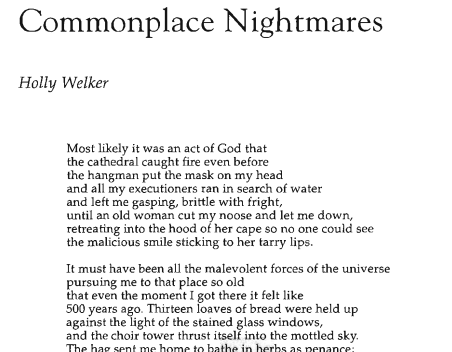
Most likely it was an act of God that
the cathedral caught fire even before
the hangman put the mask on my head
and all my executioners ran in search of water
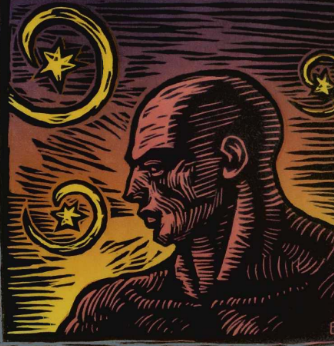
According to traditional theism, God is omnipotent, omniscient, and omnibenevolent. If God were omnibenevolent, he would want to eliminate evil. If God were omnipotent, he would be able to eliminate evil. So why should there be any evil? This problem is, by far, the most discussed subject in the philosophy of religion. In this paper, I argue that rejecting the traditional notion of God is the best way to deal with this problem.
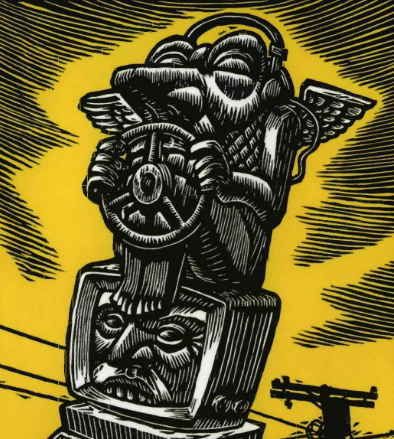
Robert Nisbet defines the idea of progress as the notion that mankind has advanced in the past from barbarism and ignorance, is now advancing, and will continue to advance through the foreseeable future. It is arguably the central motivating philosophy that has led men and women throughout history to forge ahead to a brighter future.

I hope I’m not extending the metaphor too far, but it seems apparent the field is less white and more colorful as the church moves into the twenty first century. Most church members are aware (although some along the Wasatch Front have a hard time visualizing it) that rapid growth rates in Latin America, Africa, and the Philippines are essentially among people of color. However, it is my contention that future growth of the church even in the bastions of Nordic, Teutonic, British, and Celtic Europe—a region which supplied membership and leadership during the nineteenth and early twentieth centuries—will increasingly be among people of color not native to the European continent.
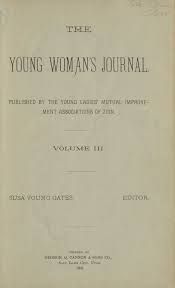
In 1889, Utah newspapers and periodicals informed their audiences about the start of a new monthly magazine, the Young Woman’s Journal (YWJ). Initiated and first edited by Susa Young Gates, the daughter of Mormonism’s second…
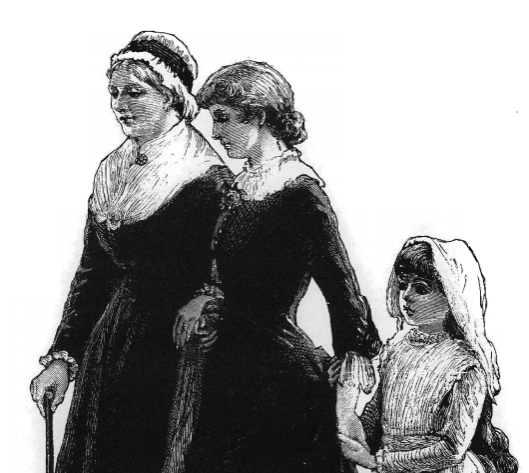
In this paper, I sing the virtues of Edward W. Tullidge, English convert to the Church of Jesus Christ of Latter-day Saints, cultural enthusiast, and serious journalist and author. Tullidge, who was mercurial, changeable, and…
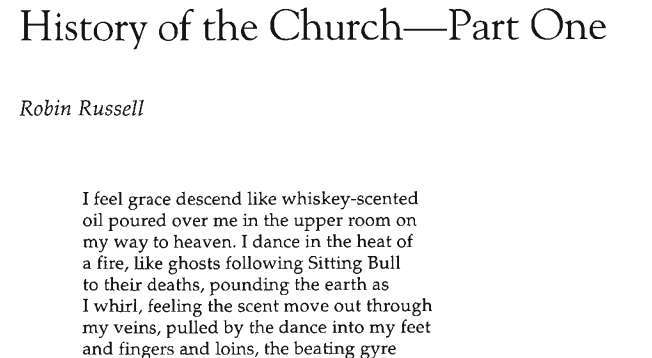
I feel grace descend like whiskey-scented
oil poured over me in the upper room on
my way to heaven. I dance in the heat of
a fire, like ghosts following Sitting Bull
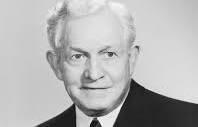
On a spring day in 1955, a group of distinguished gentlemen gathered at a White House dinner at the request of President Dwight Eisenhower. The guests included founding partners of three law firms, the President of the Teamsters’ Union, three Army Generals, a Cabinet Secretary, the publisher of the Boston Globe, the Vice President of ABC, the Chairman of CBS, the President of MIT, four CEO’s and one clergyman—David O. McKay, President of the Church of Jesus Christ of Latter-day Saints.
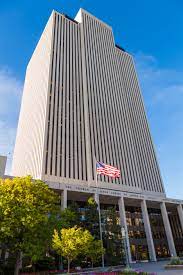
Dialogue 34.4 (Winter 2002): 319–325
But the fact that we must look at organizational dynamics before we can begin to understand the issues that would be raised by expanding priesthood to include women is an apt commentary on the complex and sometimes confused role that priesthood authority has come to play in the modern church.

I smiled wryly at the cartoon on the stationery. The picture showed a woman standing before an all-male ecclesiastical board and asking, “Are you trying to tell me that God is not an equal opportunity…